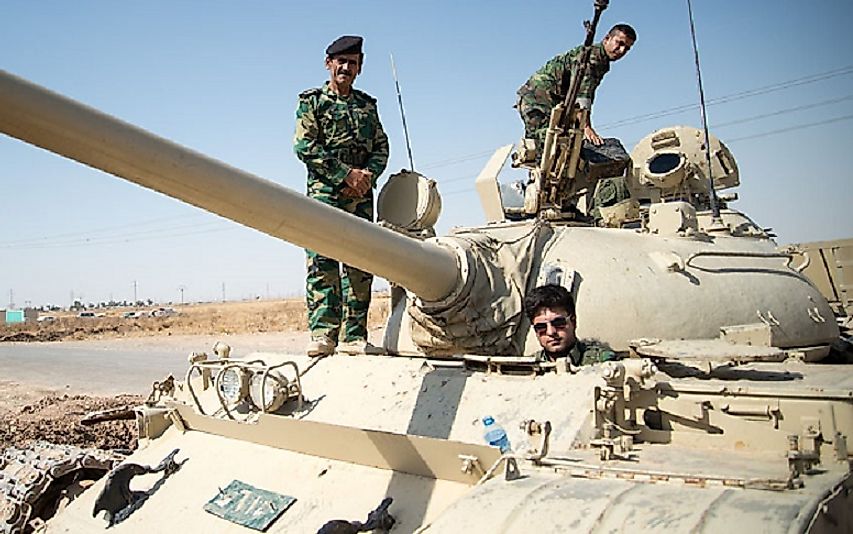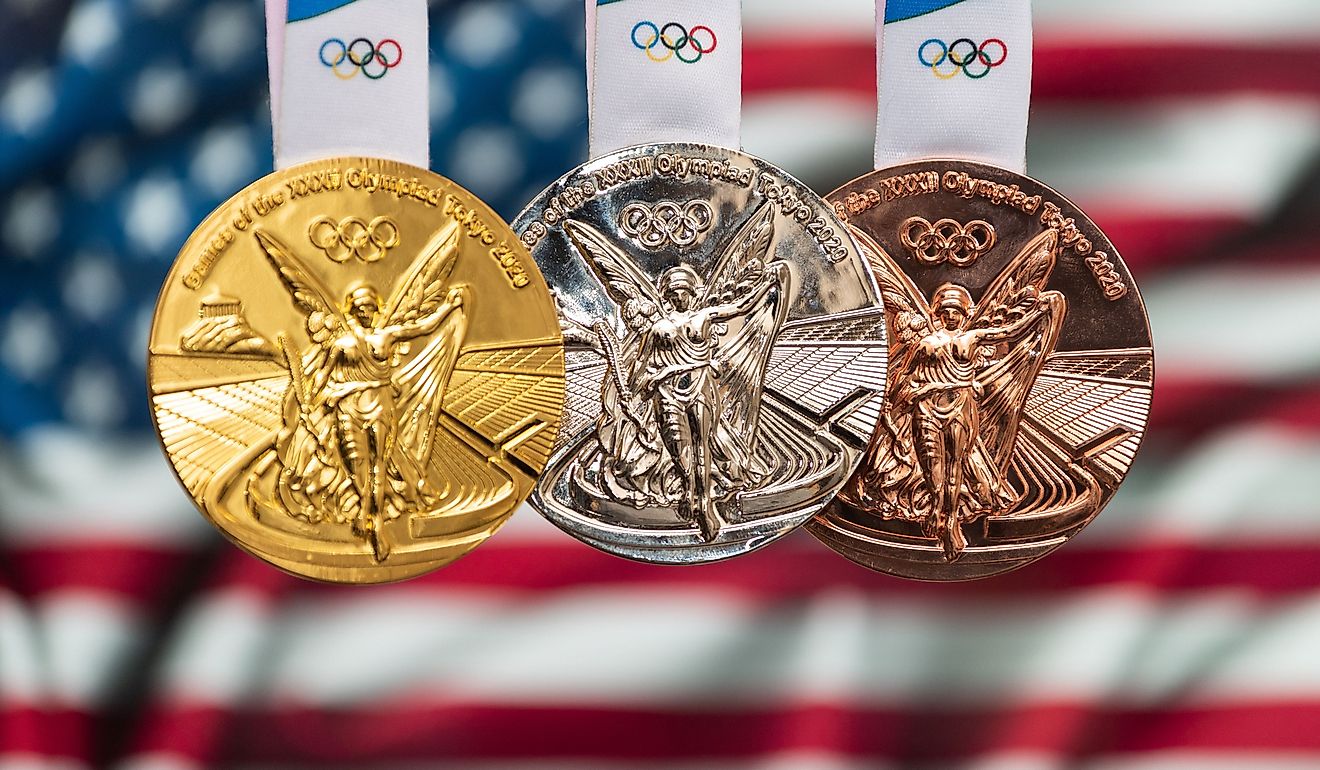Peshmerga Of Iraqi Kurdistan

5. Who Are The Peshmerga?
The Peshmerga is the military responsible for protecting the security of the people and land of the Kurdistan region of Iraq. Iraqi Kurdistan is located in the northern part of the country and is considered an autonomous area, meaning they have their own regional government. The size of the Peshmerga is somewhere between 80,000 and 250,000 troops who are assigned among 36 brigades. The Ministry of Peshmerga Affairs, the Kurdistan Democratic Party (KDP), and the Patriotic Union of Kurdistan (PUK) are each assigned a specific number of brigades to administer.
4. Organizational History and Notable Figures
The Peshmerga hail from a longstanding tradition of Kurdish warriors who have been fighting for their people's independence since the days of the Persian Empire. They fought in World War I as part of the Ottoman Army and rebelled against the British between 1919 and 1923. This area, inhabited mainly by people of Kurdish descent, long demanded its independence from Iraq. Between the first Kurdish-Iraqi War from 1961 to 1970 and the second Kurdish-Iraqi War from 1974 to 1975, the group began negotiations for autonomy. Autonomy was granted during those negotiations but the region was not politically represented. This did not come until the early 1990’s and after having fought in the Iran-Iraq War from 1980 to 1988, siding with Iran. In 1991, the Peshmerga again fought in an uprising against Saddam Hussein, this was supported by the United States and Britain. Iraq withdrew its troops in October of that year and the Kurdistan region became ruled by two parties, the KDP and the PUK. These two groups then fought a civil war from 1995 to 1998 and had strained alliances until the Peshmerga helped the US during the 2003 to 2011 Iraq War. Most recently, these forces have been protecting their region from ISIS.
Perhaps the most well-known member of the Peshmerga is Masoud Barzani. He has been the president of Iraqi Kurdistan since 2005, and a KDP leader since the late 1970’s. Barzani is considered a commander-in-chief of the Peshmerga military.
3. Campaigns and Victories
Peshmerga forces were essential in the overthrow of the Saddam Hussein regime. They worked to organize with the US Army Special Forces just before the start of the Iraq War. The two military forces worked together to fight Ansar al-Islam, a terrorist group associated with al-Qaeda, to regain Kurdish territory. This move also captured a chemical weapons facility that helped to weaken Saddam Hussein’s forces during the war.
After their role in capturing Saddam Hussein, Peshmerga troops continued fighting as United States allies and captured an Al-Qaeda operative who gave interrogators the name of Osama bin Laden’s messenger. This led the operation in charge of finding bin Laden right to his hiding spot where he was killed. His death could not have happened without Peshmerga support.
2. Challenges and Controversies
One of the biggest challenges facing the Peshmerga is their lack of financial resources and advanced weapons. Weapons are difficult for Peshmerga to obtain because Iraq does everything in its power to keep arms out of Peshmerga hands. This is because of the history the Peshmerga has with fighting against Iraq for expanded territory and independence. The arms in Peshmerga control were taken during previous wars and invasions.
1. Cultural Depictions, Legacy, and Future Prospects
In 2015, the Combined Joint Task Force-Operation Inherent Resolve provided a supply of additional, and more advanced, arms to the Peshmerga military, as well as training assistance. This effort was meant to better equip the group in the fight against ISIS. Being on the border with Syria, Iraqi Kurdistan faces an immediate threat against invading ISIS troops.







